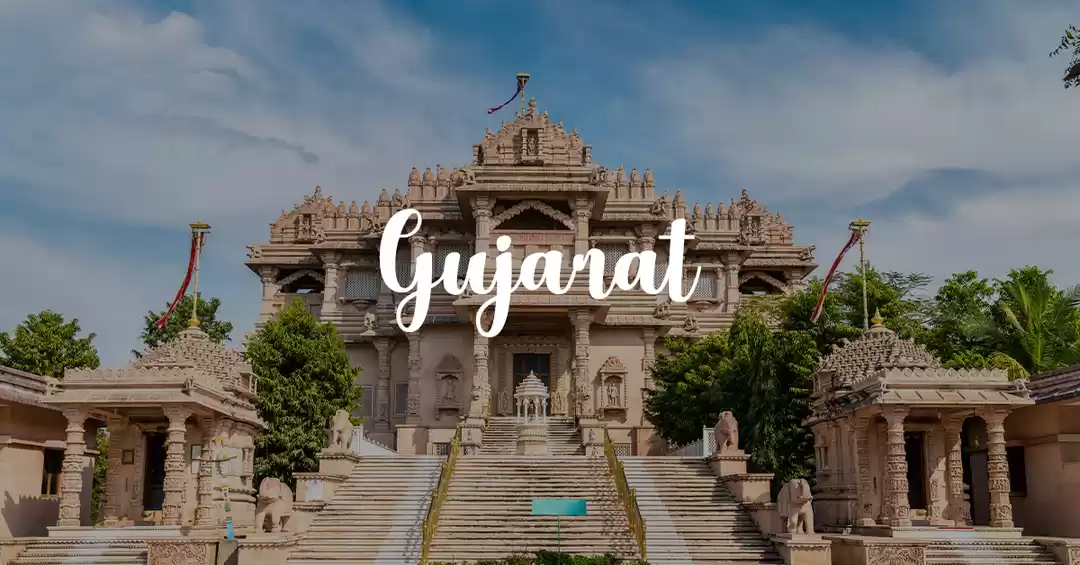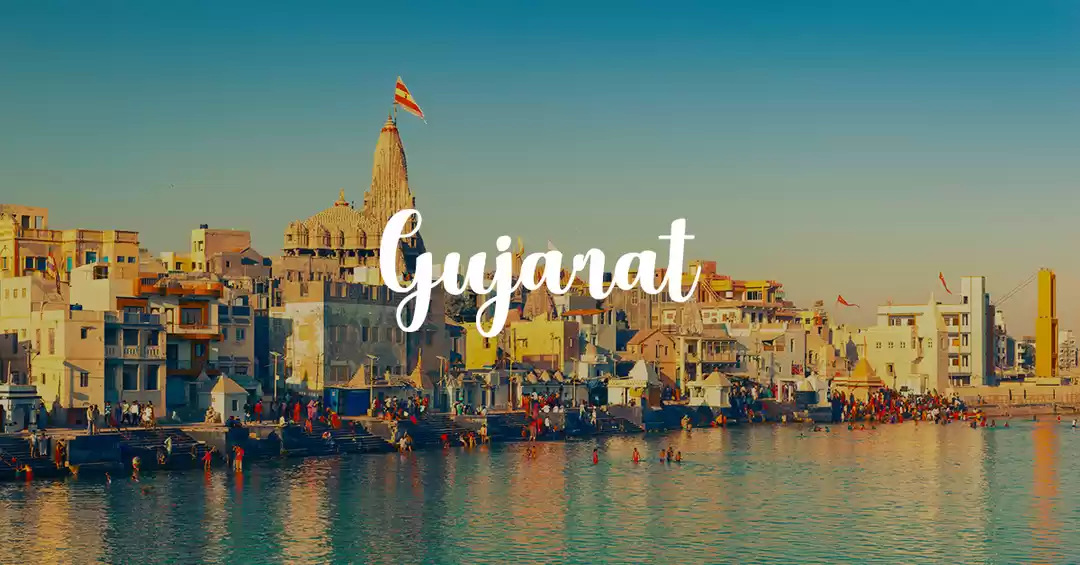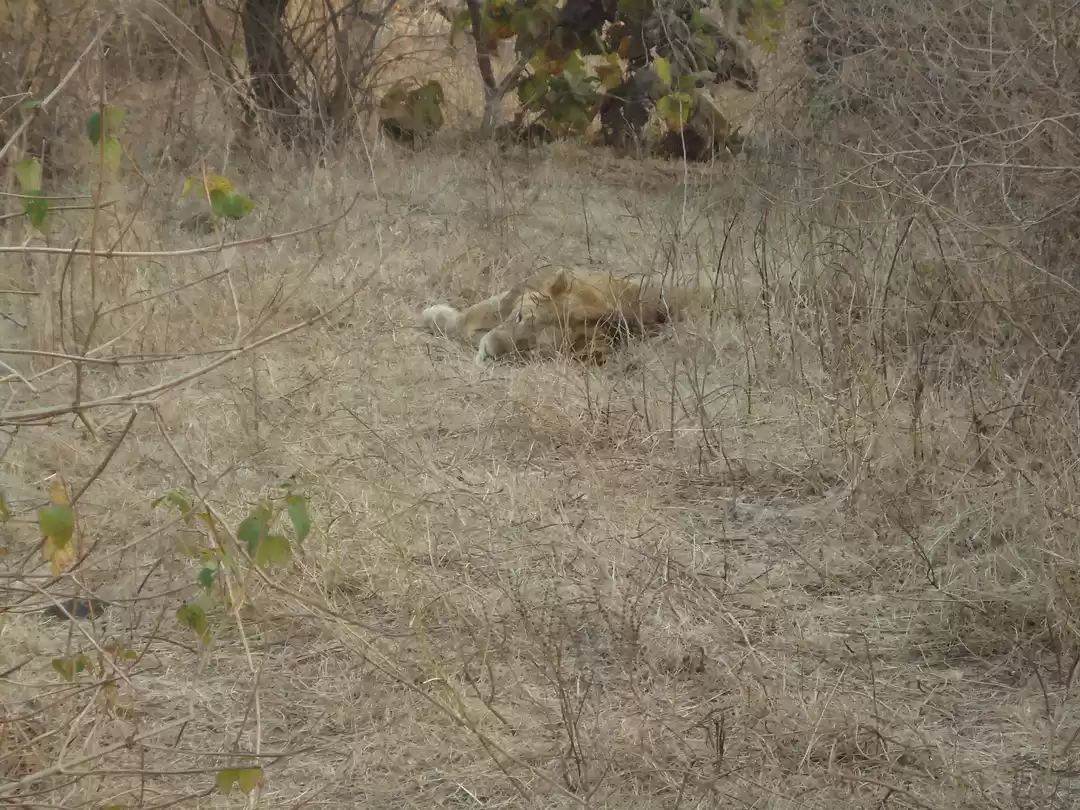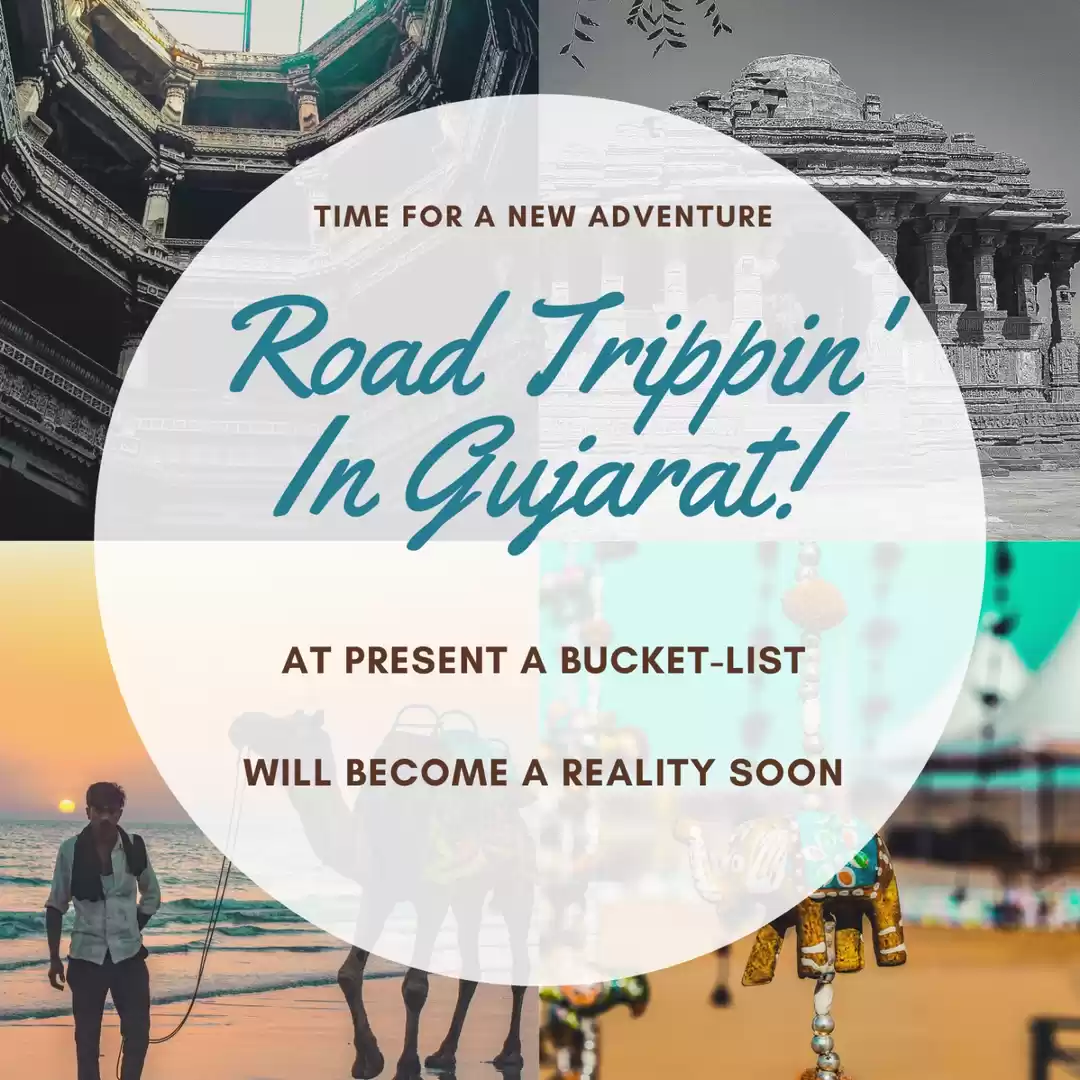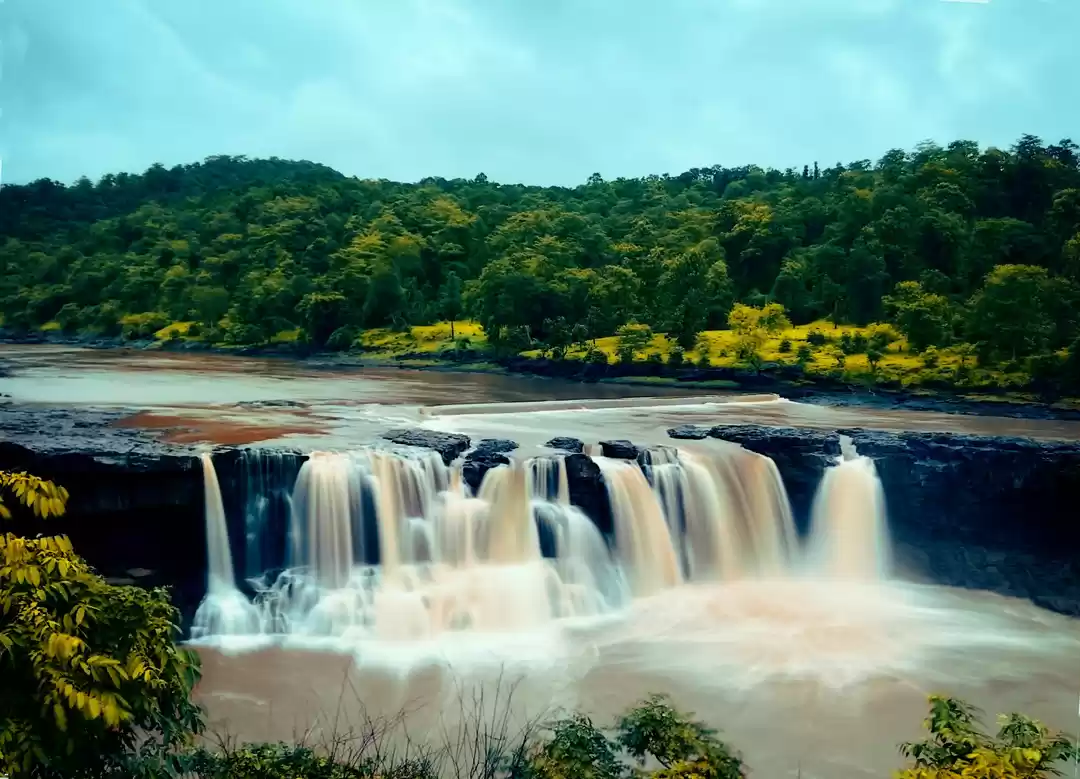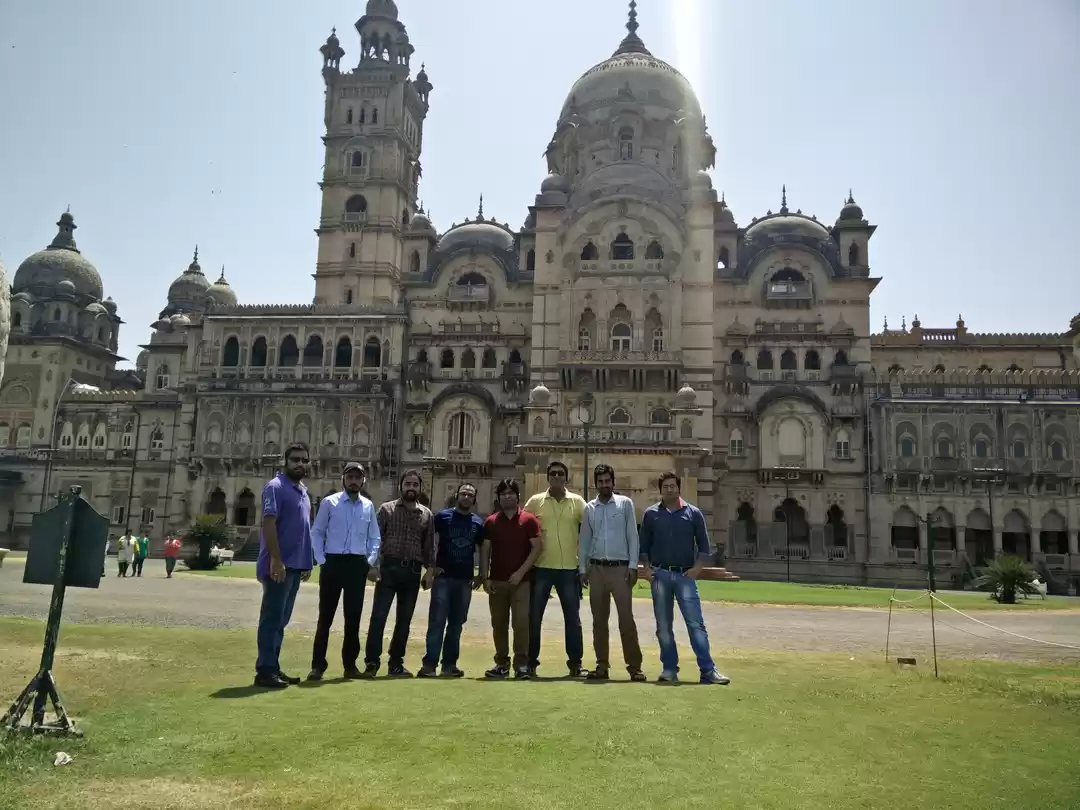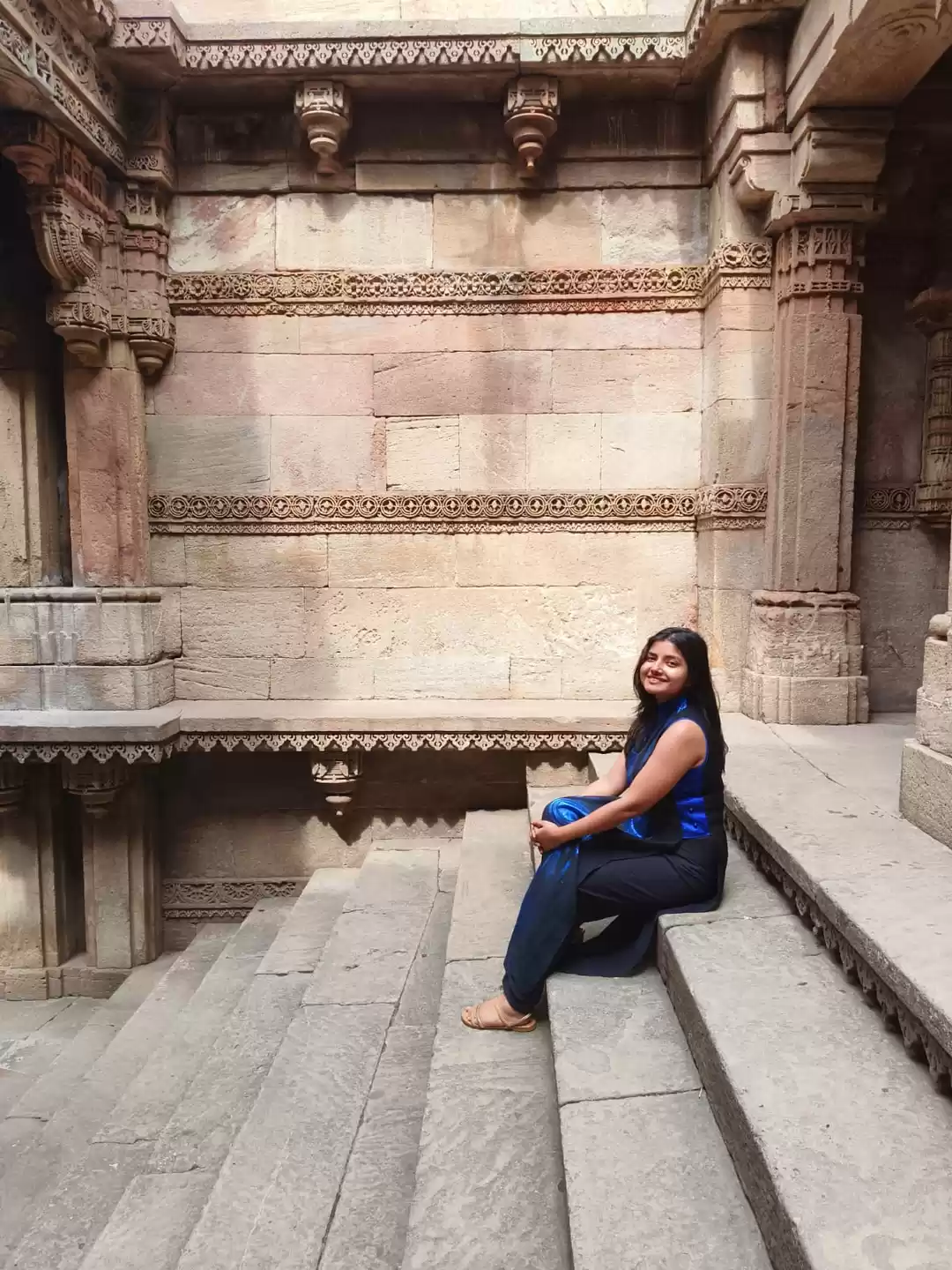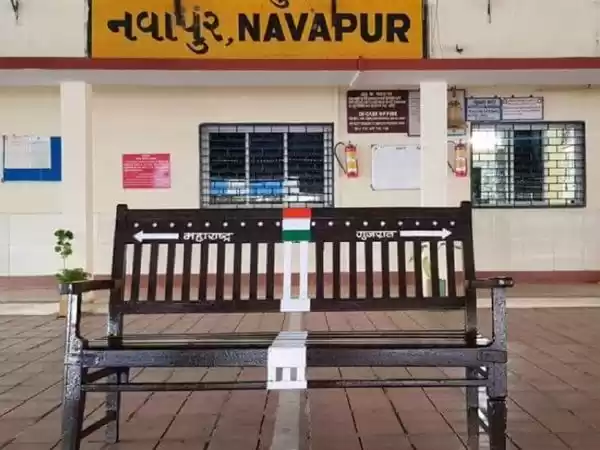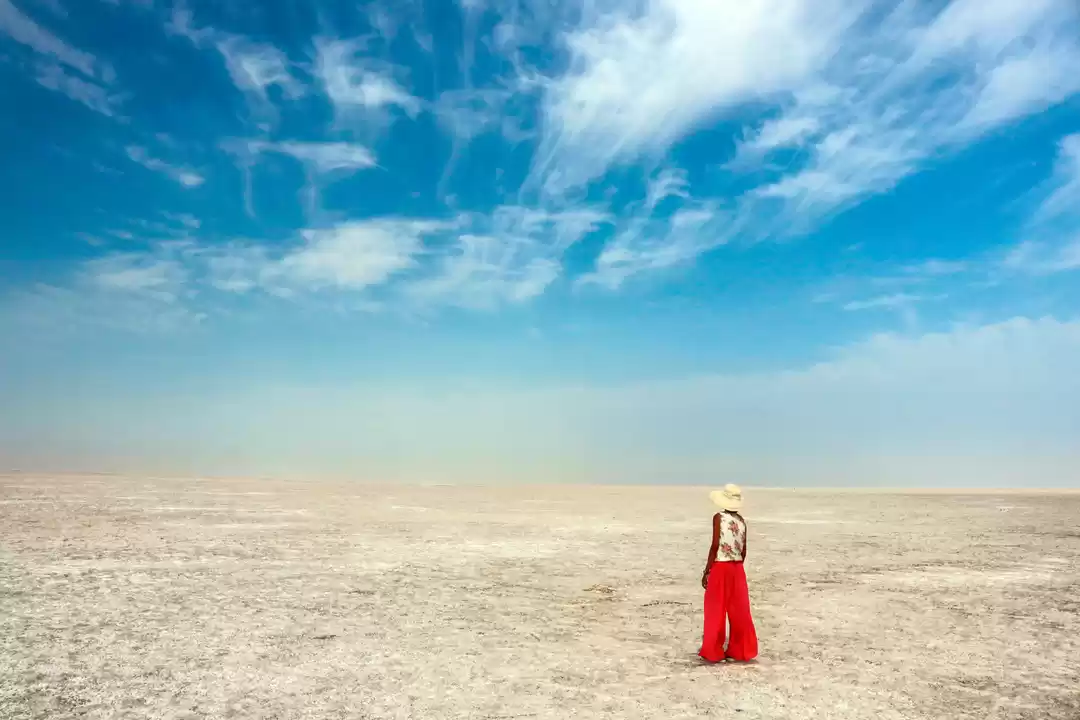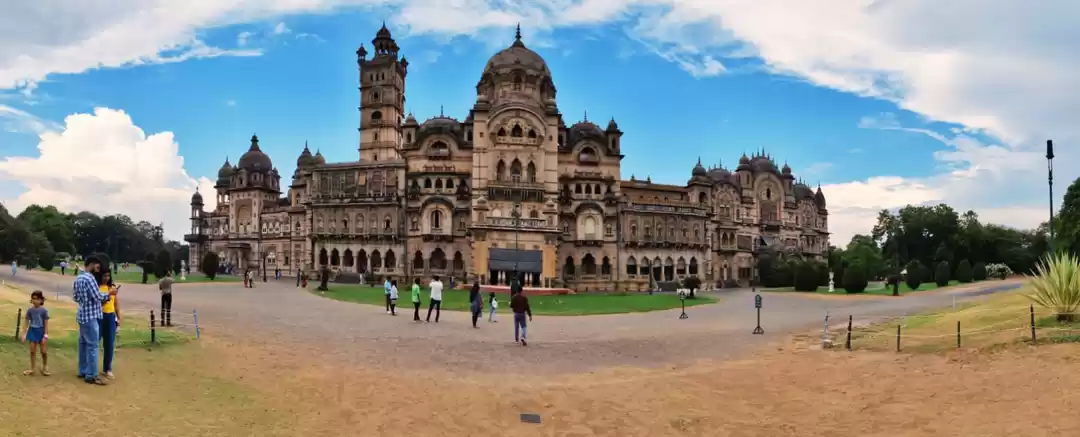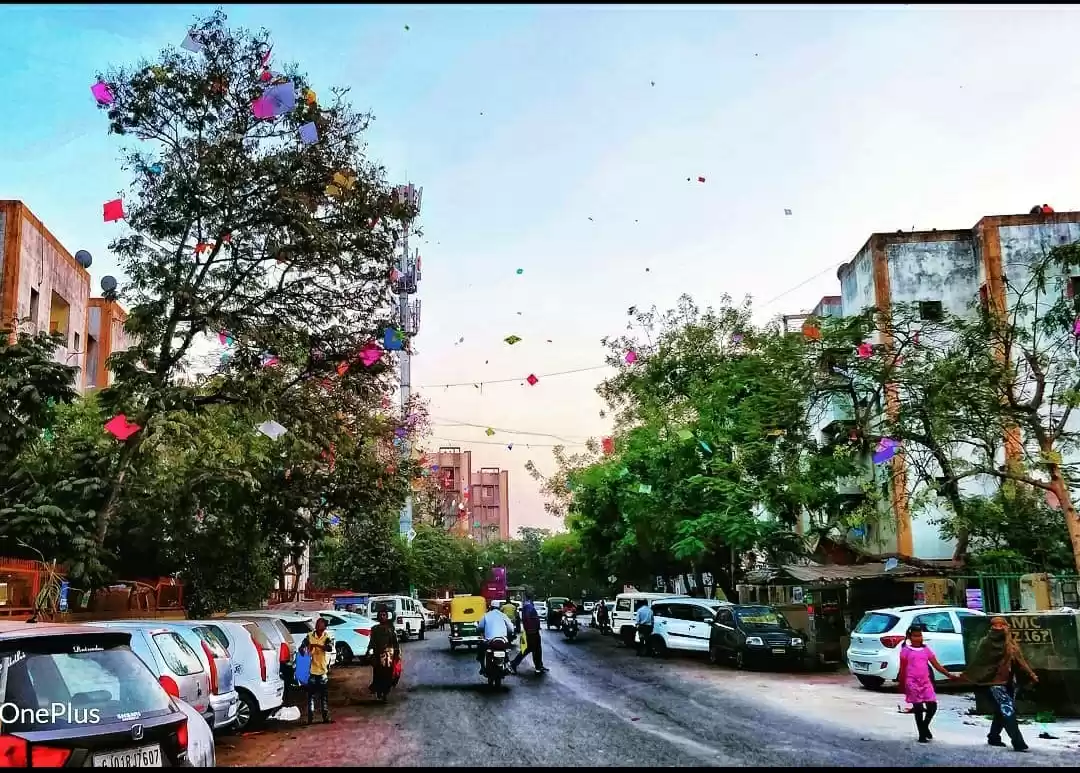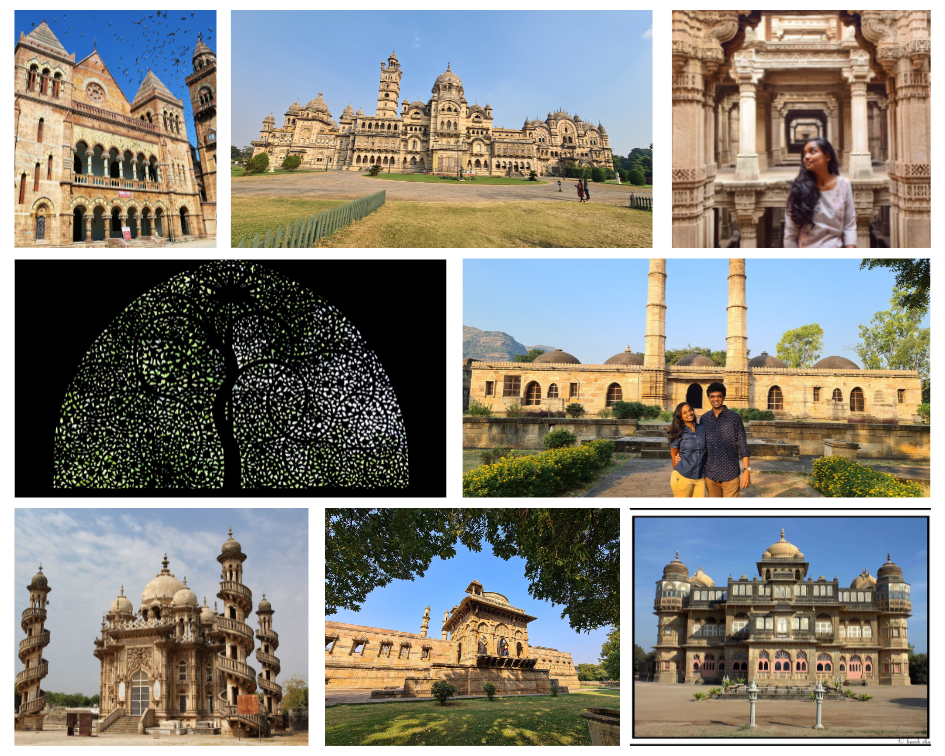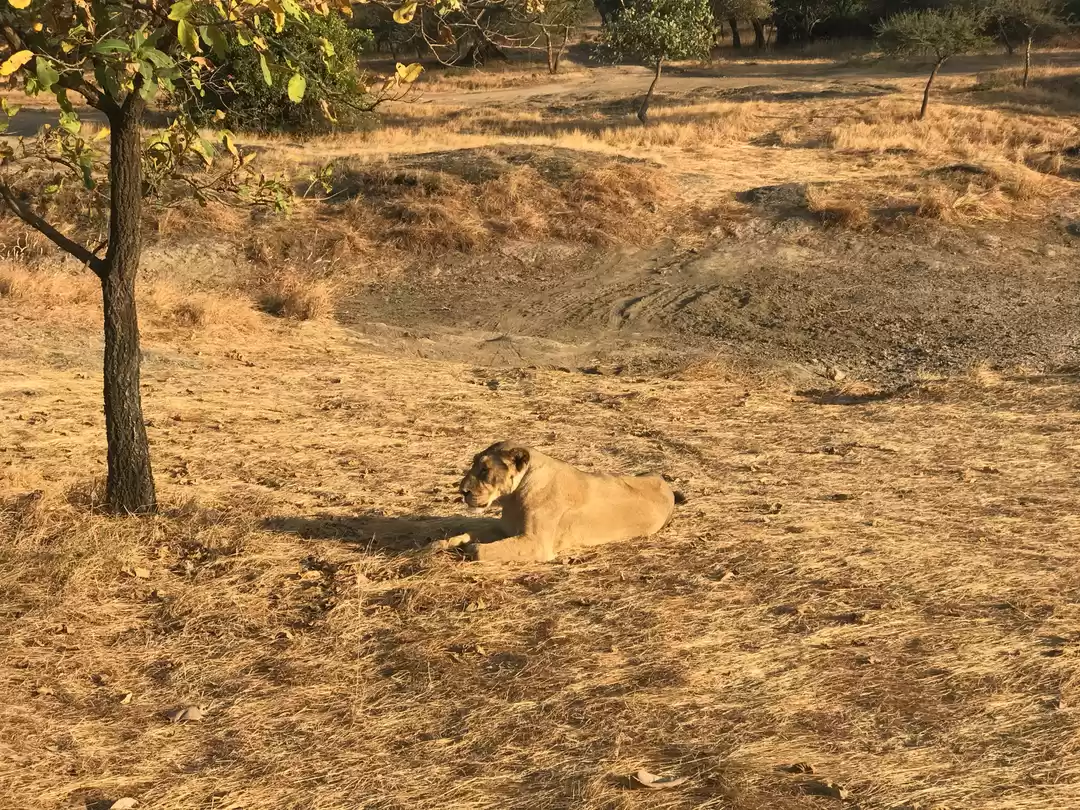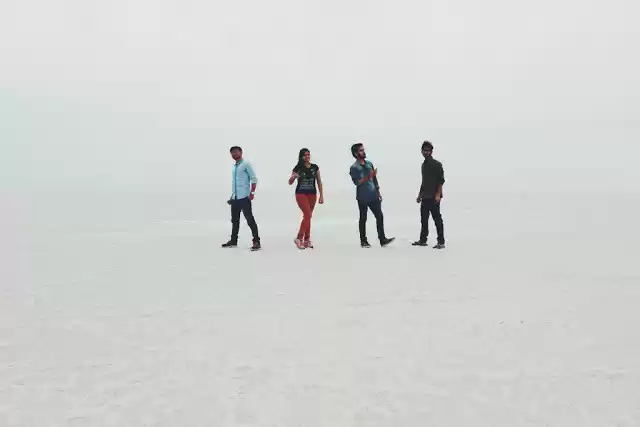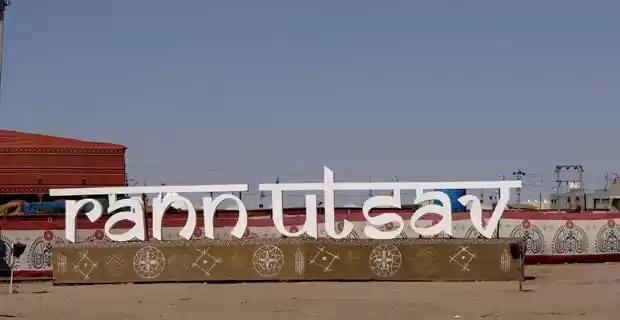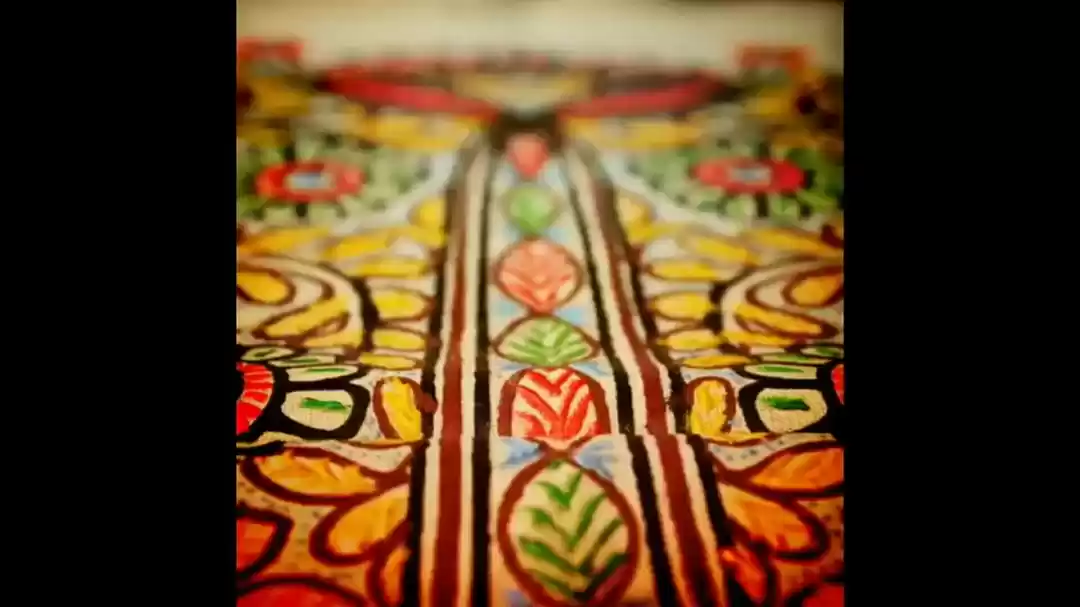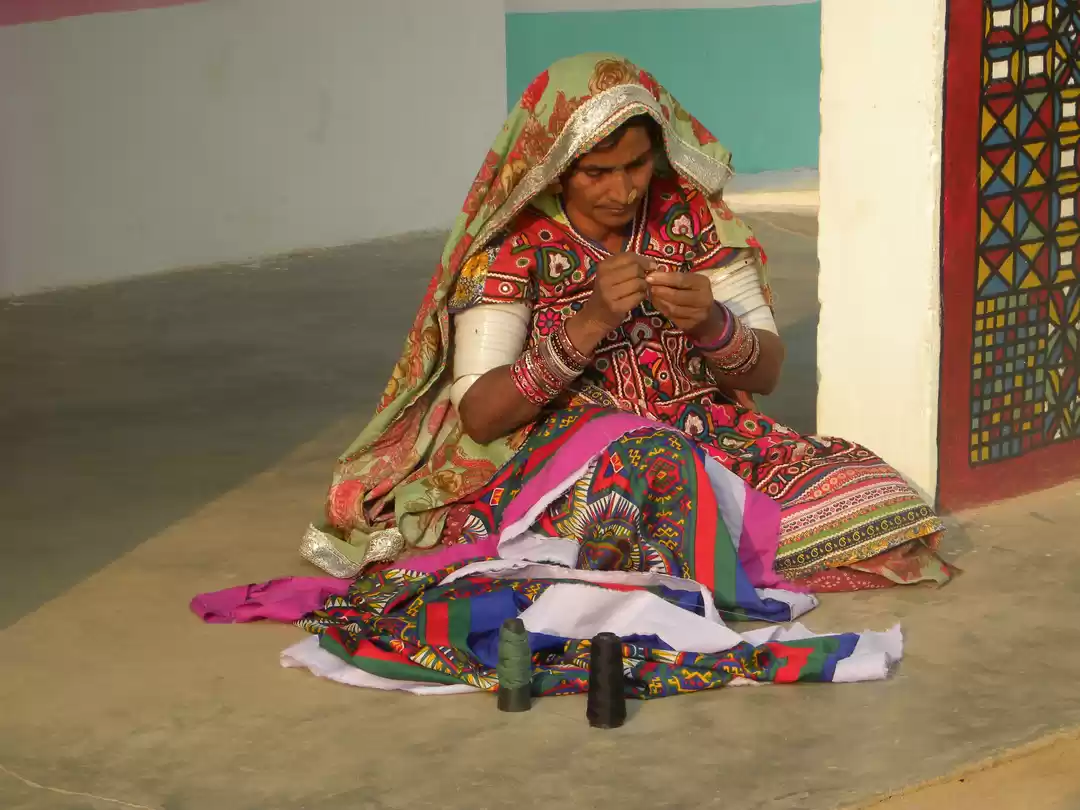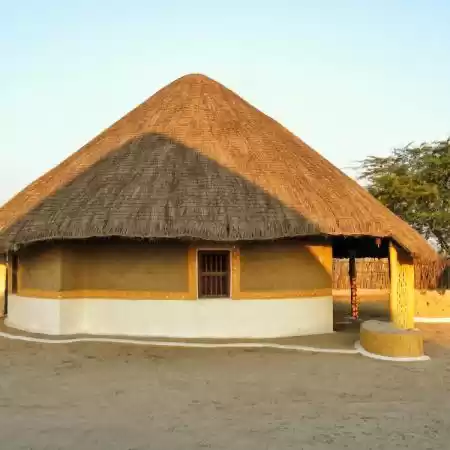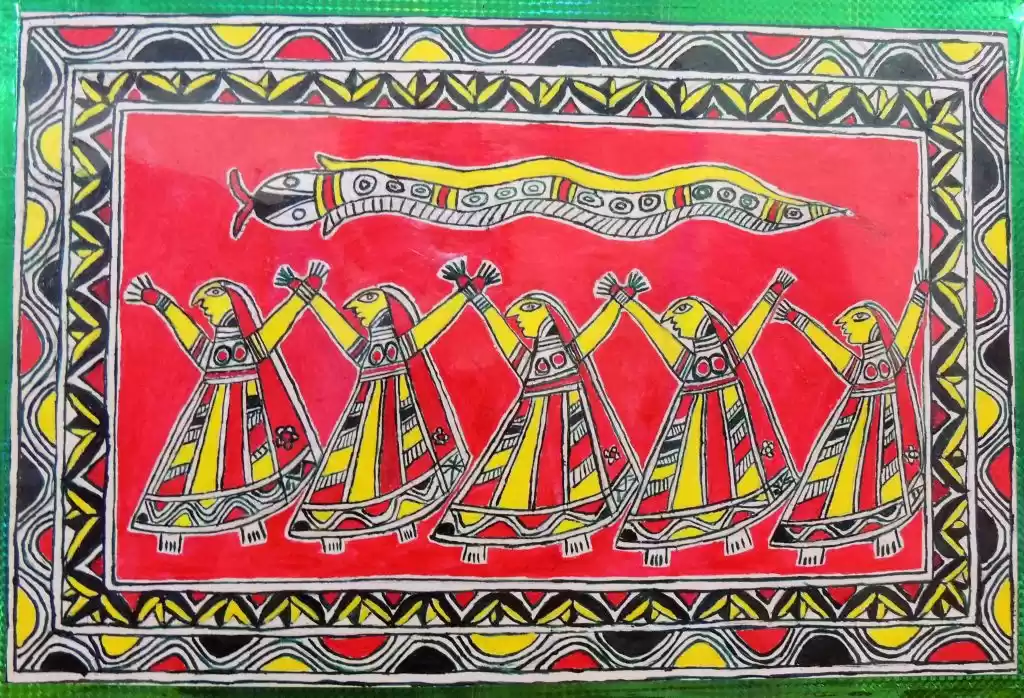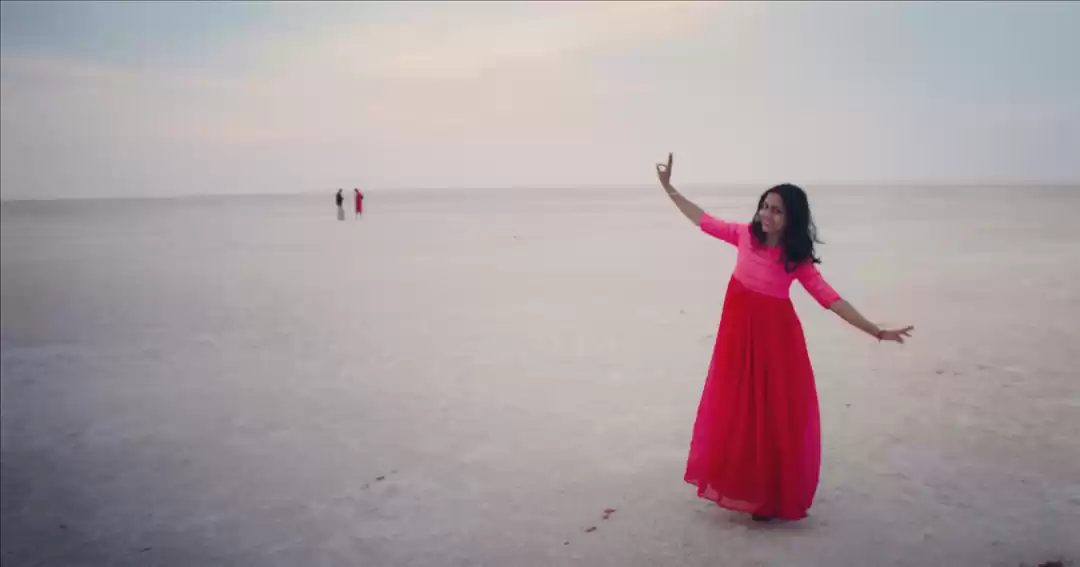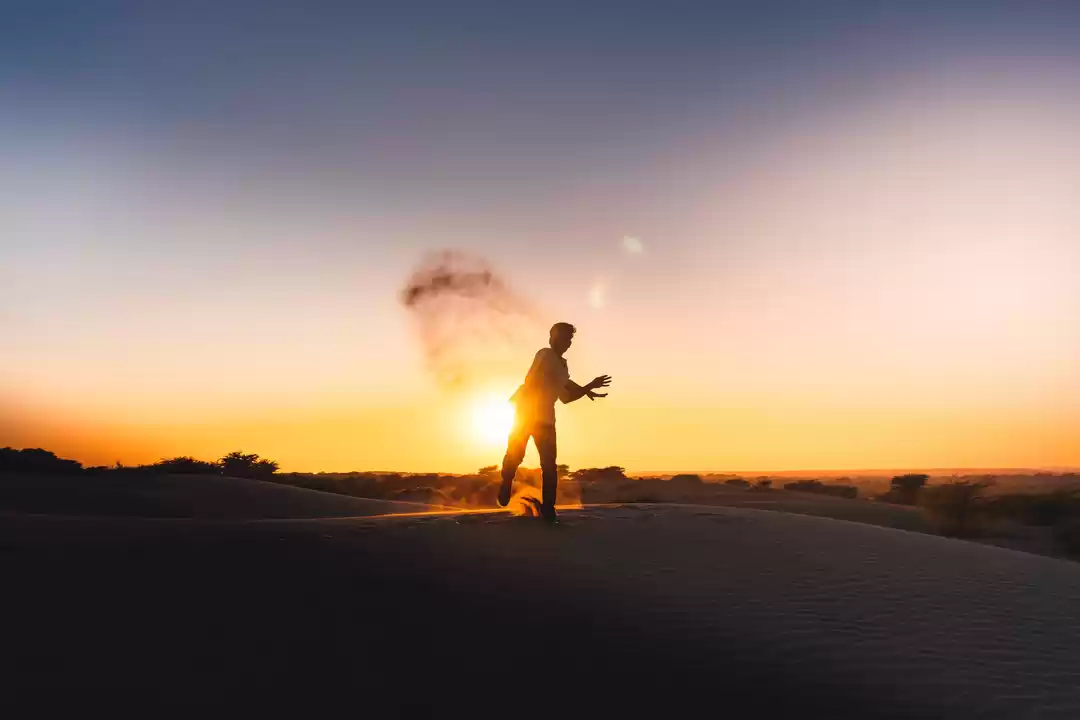
















My Kutch visit had been solely to explore the region's colourful tribes and their culture. Guided by a local NGO worker, I had done all of that and more. We had scoured remote areas of Kutch on bike, tasted kilometers of desert sand on our tongues, marveled at flamingo colonies in the middle of the salt flat, chased wild asses near Kalo Dungar and spent cultural nights at tribal weddings and villages. It had been incredible and the best part had been unraveling the beautiful tangle of Kutch's handicrafts. Kutch tribes link back to Sindh province in Pakistan or Rajasthan and they are a potpourri of cultural blends. Discovering Kutch folk songs, mud mirror mural work, smooth crayon coloured lacquered wooden items and rogan art had been amazing, but it had been the not so well known artwork which had taken my breath away. The metal work of Kutch especially the knives and nut crackers had been a dying art and only a handful of families practiced it anymore. Same had been the situation with camel hair dhurrie weavers, which had only one family upholding the tradition and Kutchi batik had come as a surprise. And then there had been those embroideries, where each tribe or community displayed their unique subtle differences. Amazing, eye opening and a bit grueling, I had been bedazzled by the Kutch bling.





